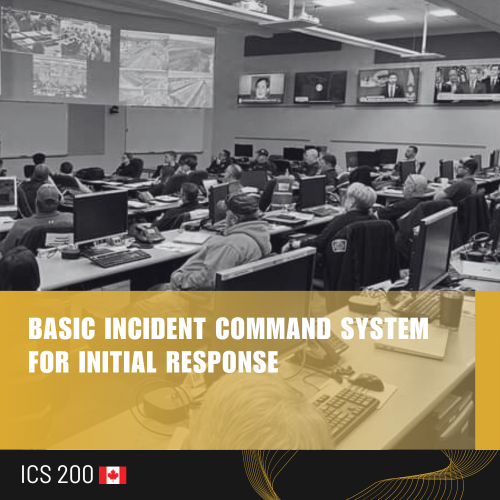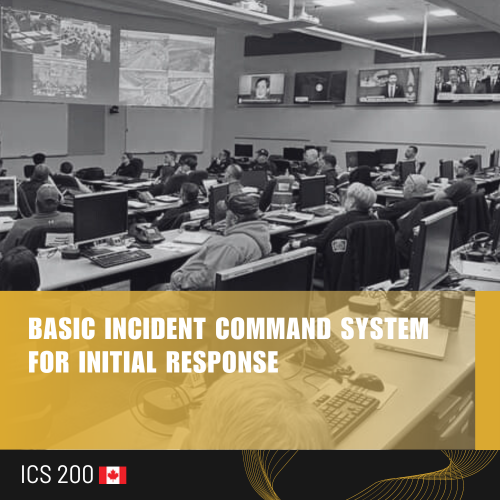The Response Team Inc.
ICS 200
ICS 200
Couldn't load pickup availability
Interested in ICS 200? Click to Contact us.
Are you interested in hosting an ICS 200 for your agency, organization or company? Click the link above to Contact us for more information.
Course Description
I-200 defines the unique qualities of ICS as an event or incident management system. This course focuses on the management of single resources. I-200 provides training for personnel who are likely to assume a supervisory position within the ICS.
Delivery and Length
This course is Instructor facilitated and requires a minimum of 14 hours for presentation, exclusive of breaks. It is recommended that this course be delivered over 2 days.
Hours: 8:30 – 16:30 MST
Location: Nose Creek Valley Museum, 1701 Main St S, Airdrie, AB T4B 1C5
Minimum: 12 Students
Maximum: 24 Students
Learning Outcomes
At the successful completion of this course participants will be able to demonstrate basic knowledge of ICS through:
- Leadership and Management: chain of command, formal communication relationships, common leadership responsibilities, span of control and modular development, and position titles.
- Delegation of Authority and Management by Objectives: scope of authority and the process by which authority is delegated.
- Management by objectives and Transfer of Command
- Functional Areas and Positions: introduction to the process used to manage an incident, the function of organizational positions, and demonstration of the use of an ICS 201 form.
- Briefings: operational briefings and field, staff and section briefings/meetings.
- Organizational Flexibility: modular organization expansion and contraction, complexity analysis, five types of incidents, and the importance of preparedness plans and agreements.
Prerequisites
The prerequisite for I-200 is I-100.
Target Audience
Typically, the following applicants would be included: responder level—emergency response providers and disaster workers who are entry level to supervisory level, including emergency medical service personnel, firefighters, medical personnel, police officers, public health personnel, public works/utilities personnel, and other emergency management response personnel.
Share


